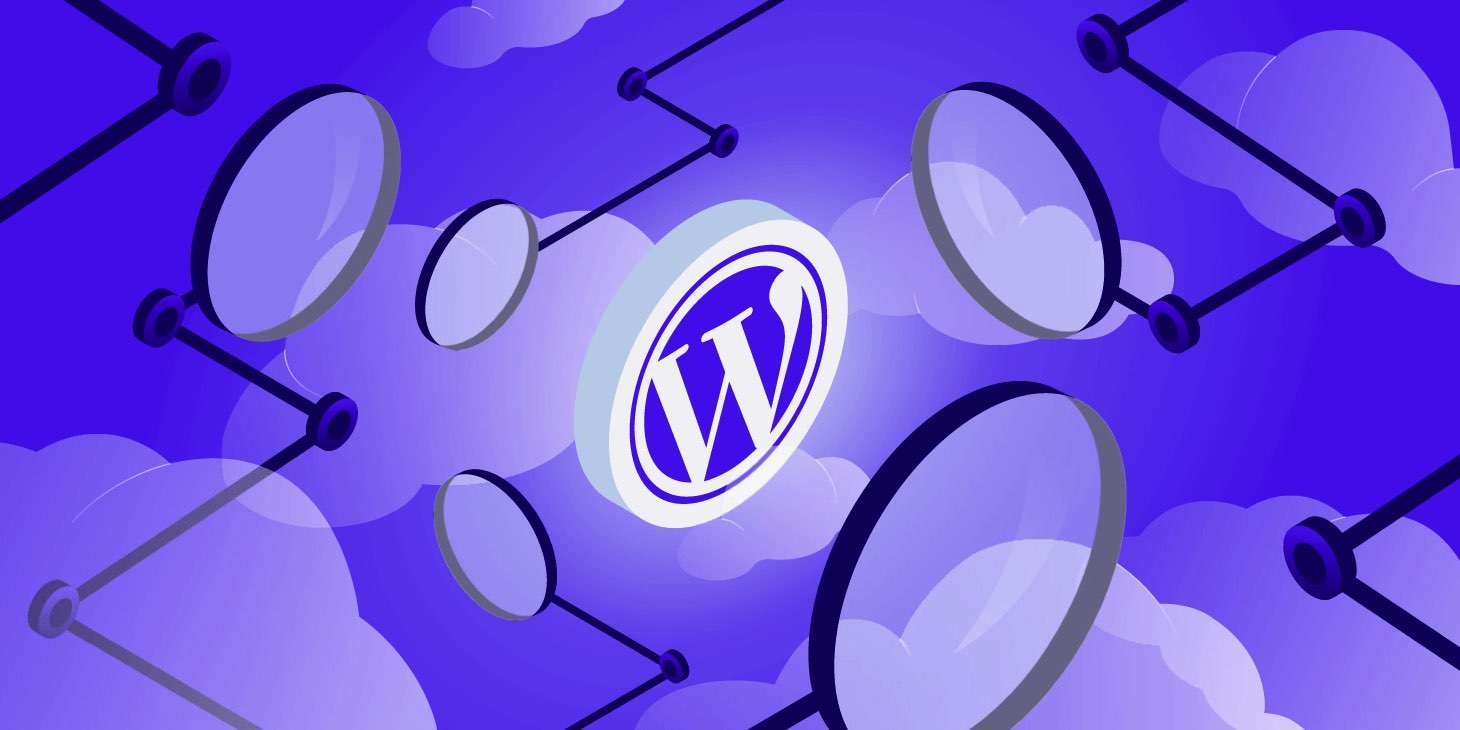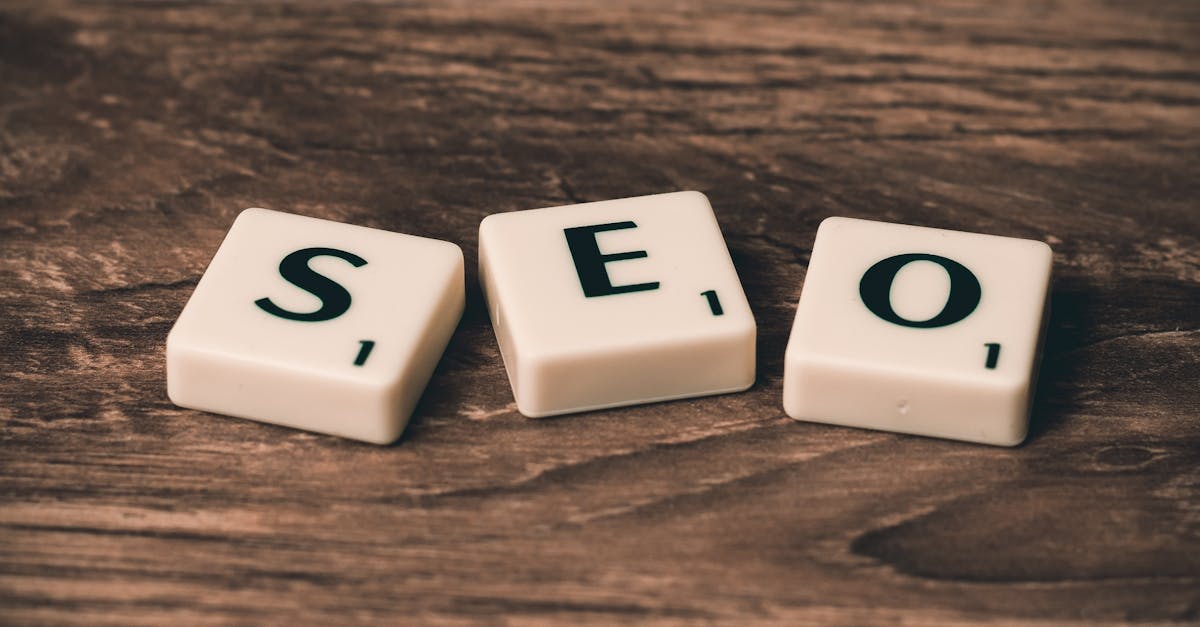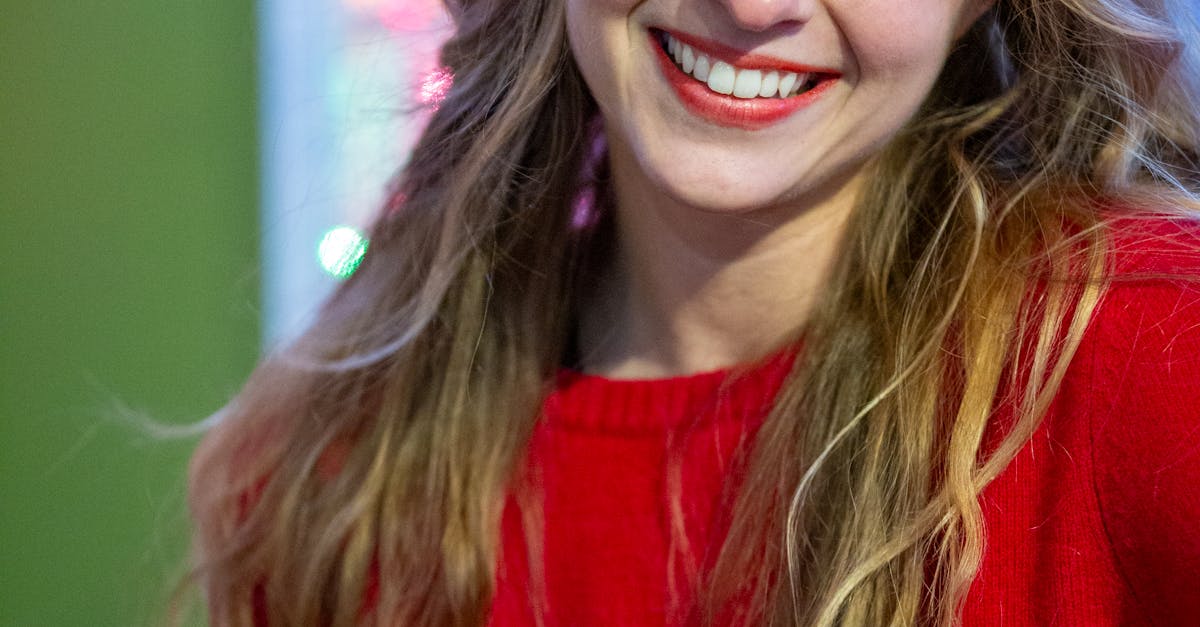
Introduction
WordPress is a versatile platform that can be used for more than just single-site management. One of its powerful features is the ability to create a multisite network, which allows you to host multiple blogs or websites from a single WordPress installation. This feature is particularly useful for organizations, educational institutions, or anyone looking to manage multiple sites with ease.
Server Requirements
Before setting up a WordPress multisite network, it’s essential to ensure your server meets the necessary requirements:
- Web Server: Apache or Nginx are recommended for optimal performance.
- PHP Version: PHP 7.4 or higher. Ensure that necessary PHP extensions like
mysqli,mbstring,json, andxmlare enabled. - Database: MySQL 5.6 or higher, or MariaDB 10.1 or higher.
- Memory: At least 512MB of RAM for small networks, but larger networks may require 1GB or more.
- Disk Space: Adequate storage based on the number of sites and content volume.
- Domain Setup: Ability to configure wildcard subdomains if using subdomain setup.
Configuration
Setting up a WordPress multisite involves several steps:
- Enable Multisite in wp-config.php:
Add the following line to yourwp-config.phpfile above the/* That's all, stop editing! Happy publishing. */line:
define('WP_ALLOW_MULTISITE', true);- Network Setup:
- Navigate to Tools > Network Setup in your WordPress dashboard.
- Choose between subdomains (e.g., site1.example.com) or subdirectories (e.g., example.com/site1) for your multisite structure.
- Follow the on-screen instructions to update your
wp-config.phpand.htaccessfiles.
- Configure Wildcard Subdomains:
If you opted for subdomains, you need to set up wildcard subdomains in your DNS and server configuration. For example, in Apache:
<VirtualHost *:80>
ServerName example.com
DocumentRoot /var/www/html
ServerAlias *.example.com
</VirtualHost>Common Problems and Solutions
- Domain Mapping Issues:
- Problem: Subdomains or subdirectories are not working correctly.
- Solution: Ensure wildcard subdomains are correctly configured. For subdirectories, verify the
.htaccessfile is correctly updated.
- Plugin and Theme Compatibility:
- Problem: Not all plugins and themes are compatible with multisite.
- Solution: Test plugins and themes in a staging environment before deploying them on your network. Look for plugins specifically designed for multisite.
- Performance Issues:
- Problem: Slow site performance as the network grows.
- Solution: Implement caching solutions like WP Super Cache or W3 Total Cache. Use a content delivery network (CDN) to offload static resources.
- User Management:
- Problem: Complex user management across multiple sites.
- Solution: Use plugins like Multisite User Management to streamline user roles and permissions.
- Database Size and Maintenance:
- Problem: Large database size due to multiple sites.
- Solution: Regularly optimize your database using plugins like WP-Optimize. Consider offloading media to external storage services like Amazon S3.
Conclusion
Using WordPress as a multisite blog host can be an effective way to manage multiple websites from a single dashboard. However, it requires careful planning, proper server setup, and ongoing maintenance to ensure optimal performance and security. By understanding the server requirements, following the correct configuration steps, and addressing common issues proactively, you can leverage the power of WordPress multisite to efficiently manage your web presence.
For more detailed information and troubleshooting, you can refer to resources like the WordPress Codex and WPBeginner.







